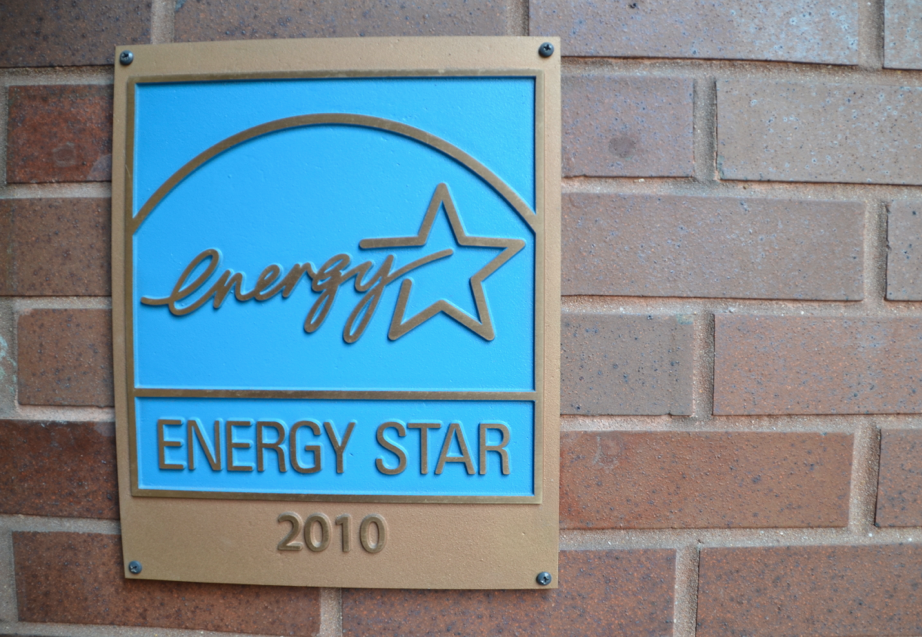Code Green Solutions


This article is authored by Michael Zatz and was originally published on USGBC.org.
Energy costs in multifamily properties have risen by 20 percent over the past decade. These rising costs are squeezing operating income for building owners and managers, and they’re making apartments and condos less affordable for residents.
Here’s another staggering statistic: Current industry estimates show that multifamily properties can become 30 percent more efficient by 2020—and cost-effectively at that. Those reductions will not only save a lot of money (how’s $9 billion sound?), but it will also help the environment. Less energy used means fewer greenhouse gases emitted, and that’s good for everyone.
None of this is probably news to you. The problem is that, up until now, we haven’t had any way to figure out how much energy our multifamily buildings were wasting. But that’s no longer the case.
EPA, with help from Fannie Mae, recently released a 1 – 100 ENERGY STAR score for multifamily housing, which tells multifamily property owners how they rate compared to similar buildings nationwide. It accounts for variables such as weather, number of bedrooms, and type of property (low, mid-, or high rise). A 50 is an average score. A 75 means that your building is more energy efficient than 75 percent of your peers. A score of 10? Well, you’ve got some work to do.
The ENERGY STAR score will be integrated into LEED, providing LEED with the same national energy efficiency verification that’s available to other building types. In LEED, existing multifamily projects can use the existing buildings rating system to achieve certification (LEED 2009/LEED v4). With the expansion of ENERGY STAR to multifamily, projects have a powerful tool at their disposal to help them achieve various Energy and Atmosphere credits.
What’s the catch? Whole-property energy consumption data is required to receive a 1-100 ENERGY STAR score, which can be a challenge for multifamily properties that are not master-metered. While whole-property consumption data will continue to be required to earn ENERGY STAR certification, USGBC has established a Residential Utility Sampling Protocol that allows properties to collect a statistically significant sampling of utility data from the residential unit space for those properties that would like to receive an estimated ENERGY STAR score.
So far, 17 apartment and condo buildings have measured out at a 75 or higher, and gone on to earn the ENERGY STAR. See the full list via the GBIG collection.
Now, we’re challenging everyone in the multifamily housing industry to step on the ENERGY STAR 1 – 100 scale to see how you’re doing. EPA has tools and resources to help you improve at energystar.gov/multifamilyhousing. And once you reach a score of 75, you can earn EPA’s ENERGY STAR certification. Are you up for the challenge?